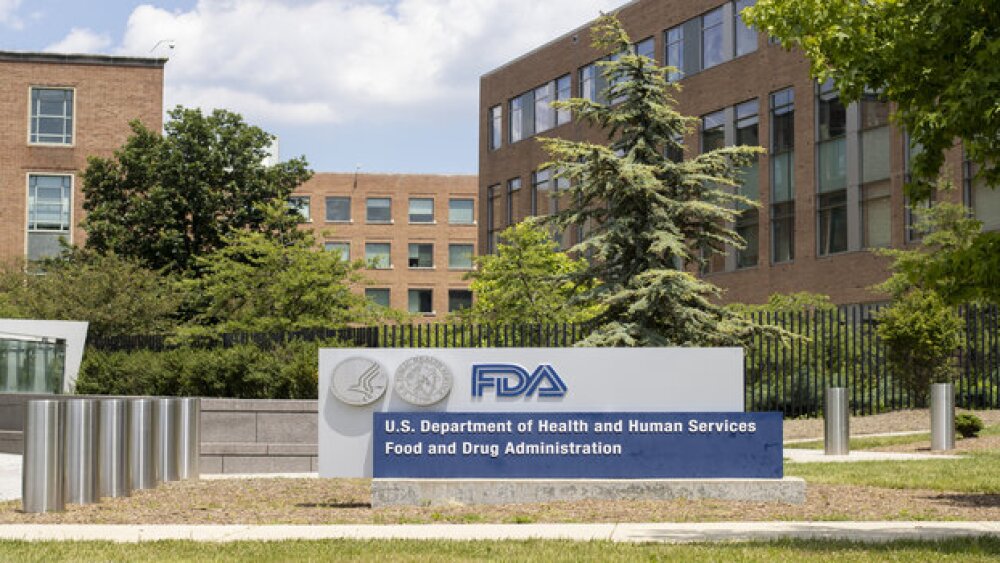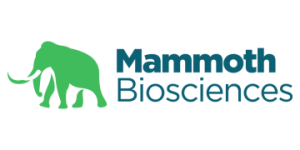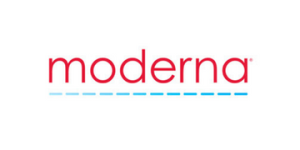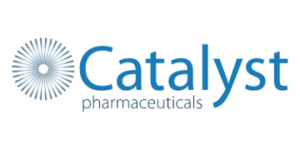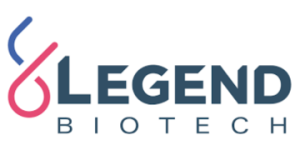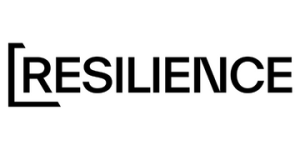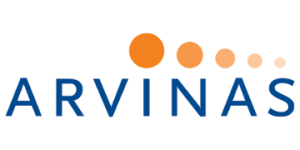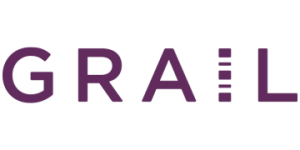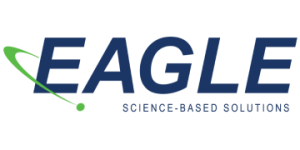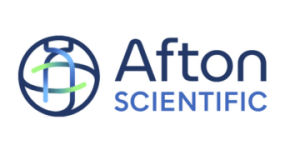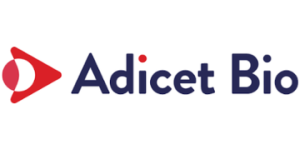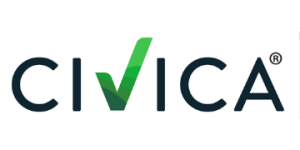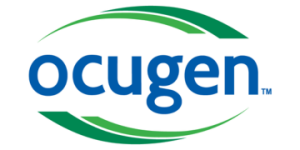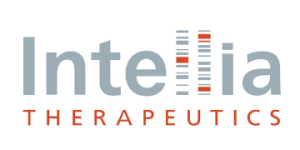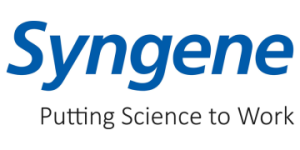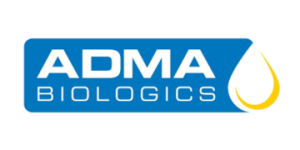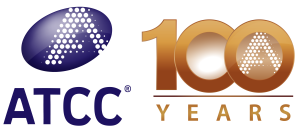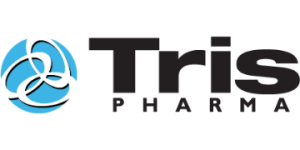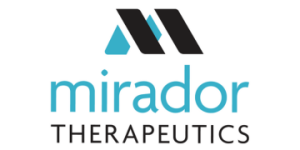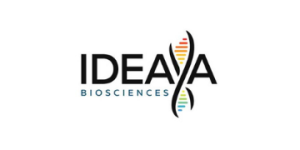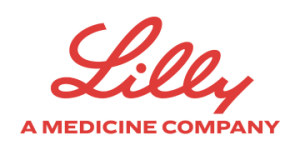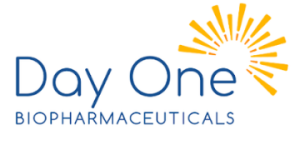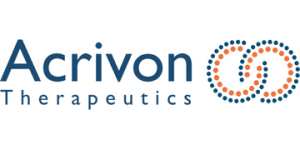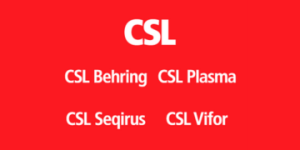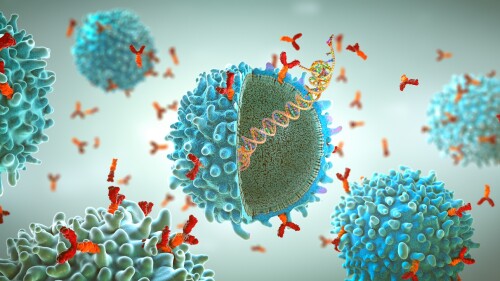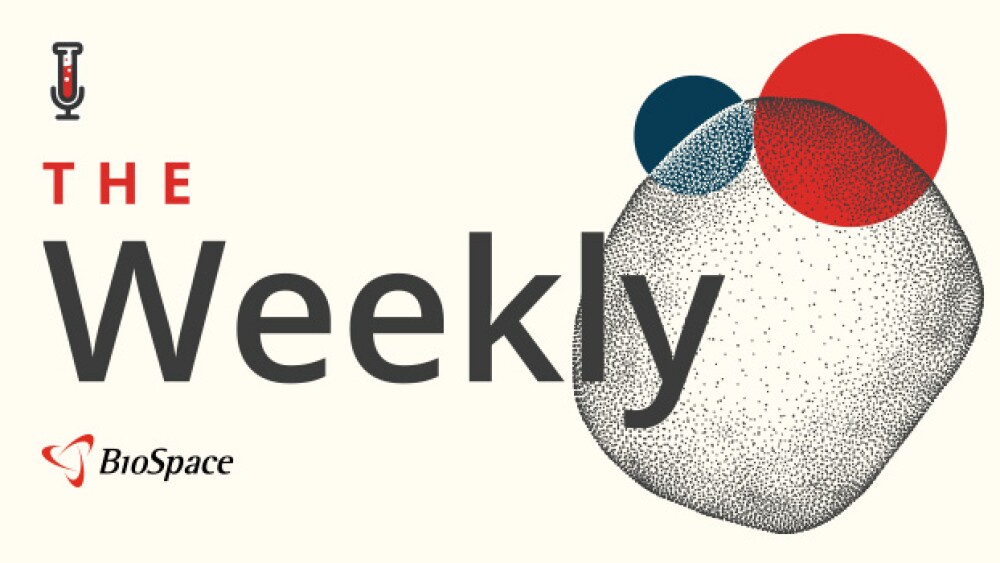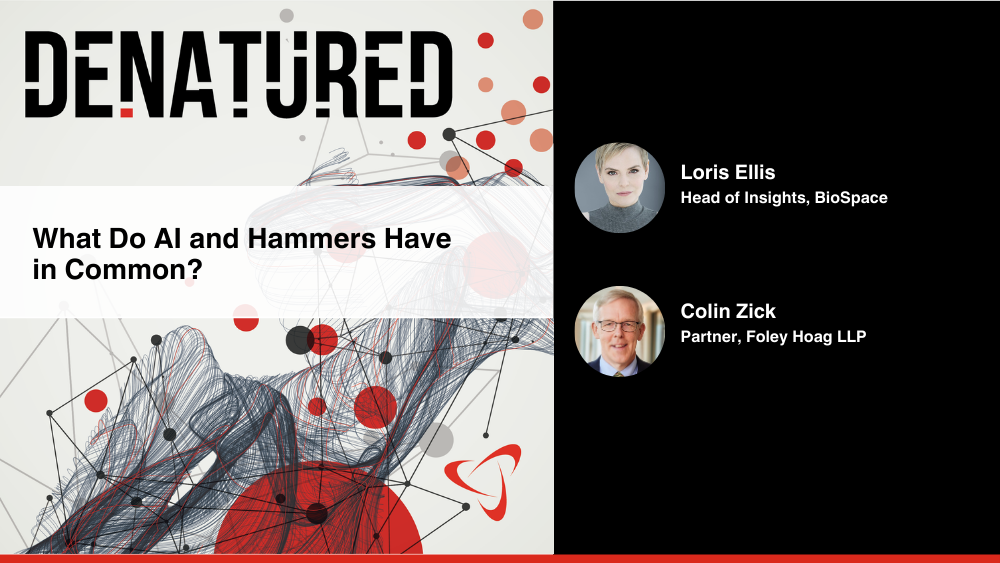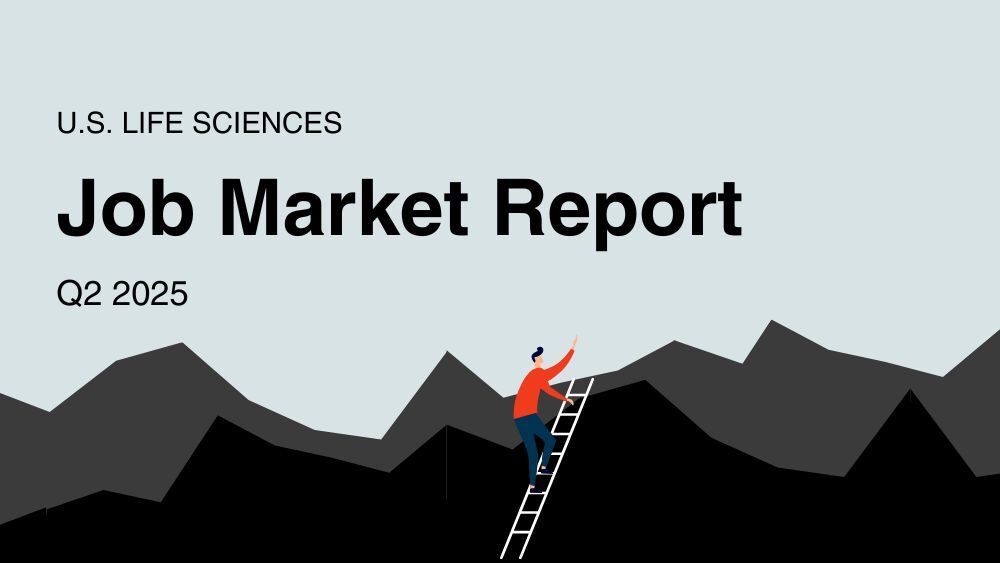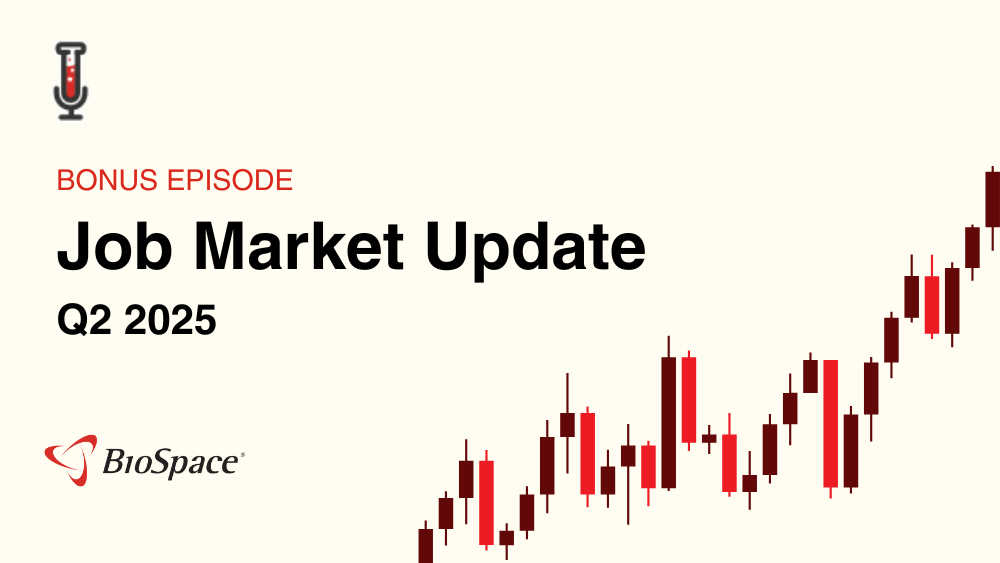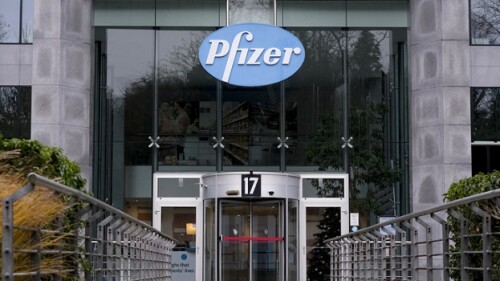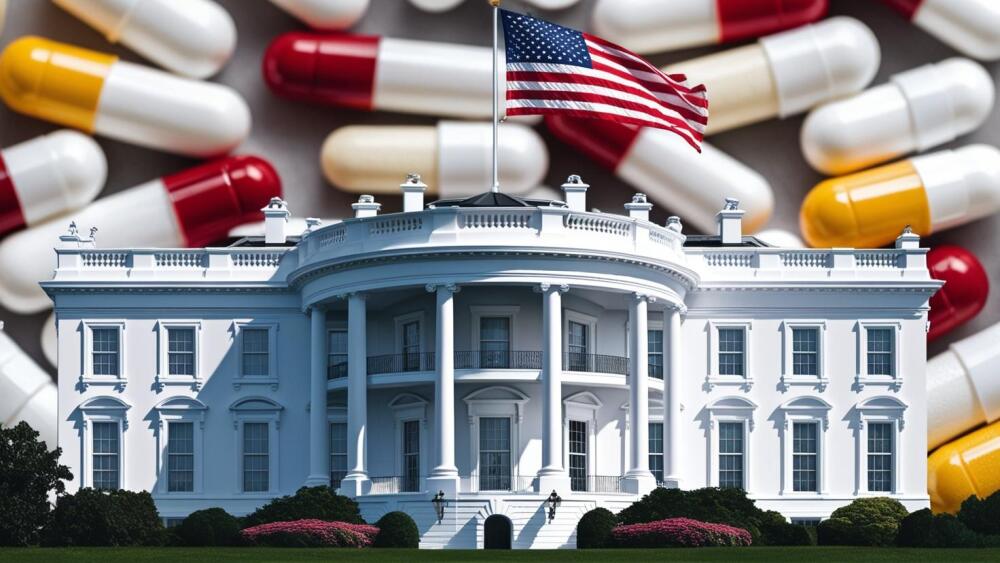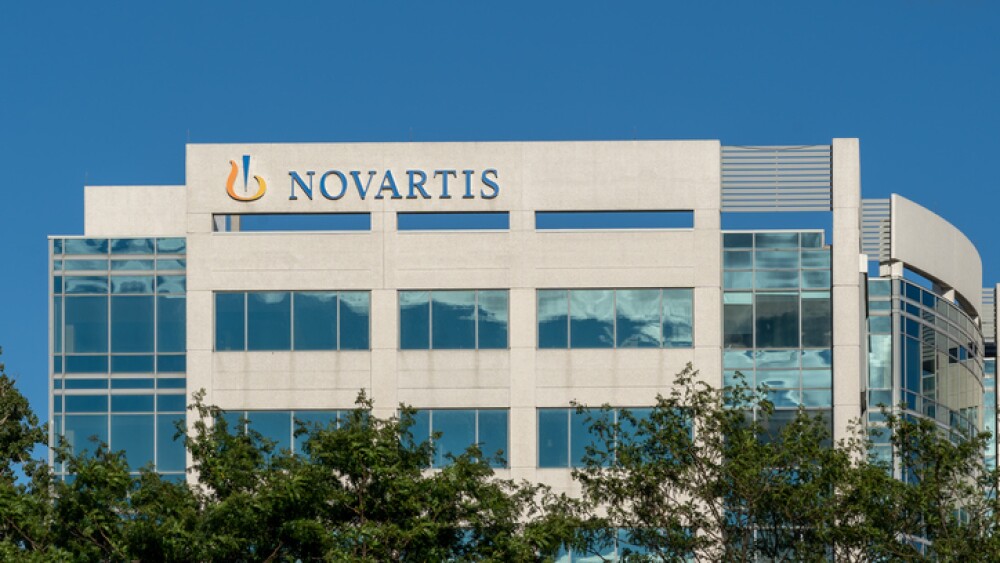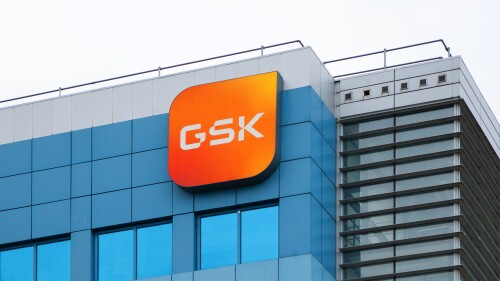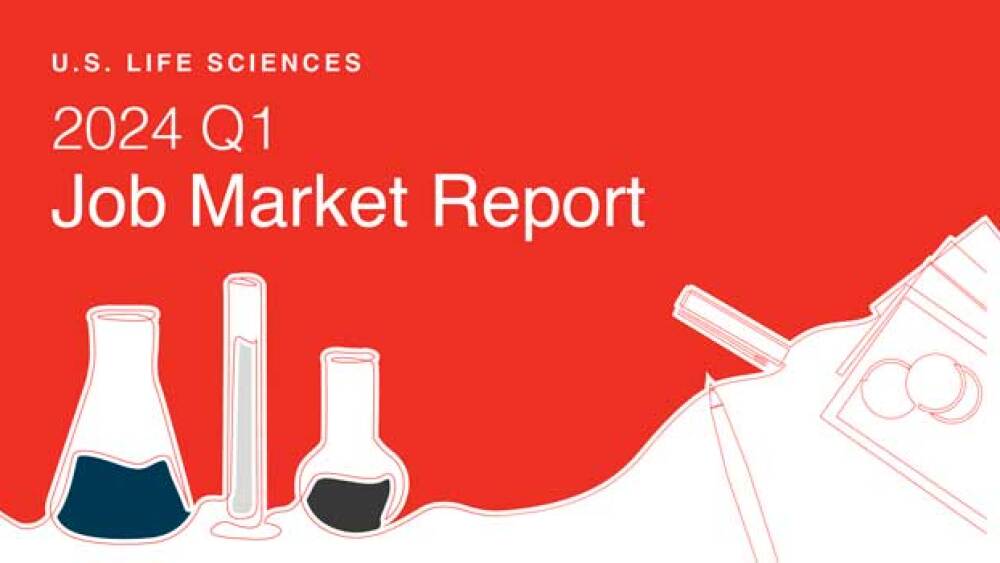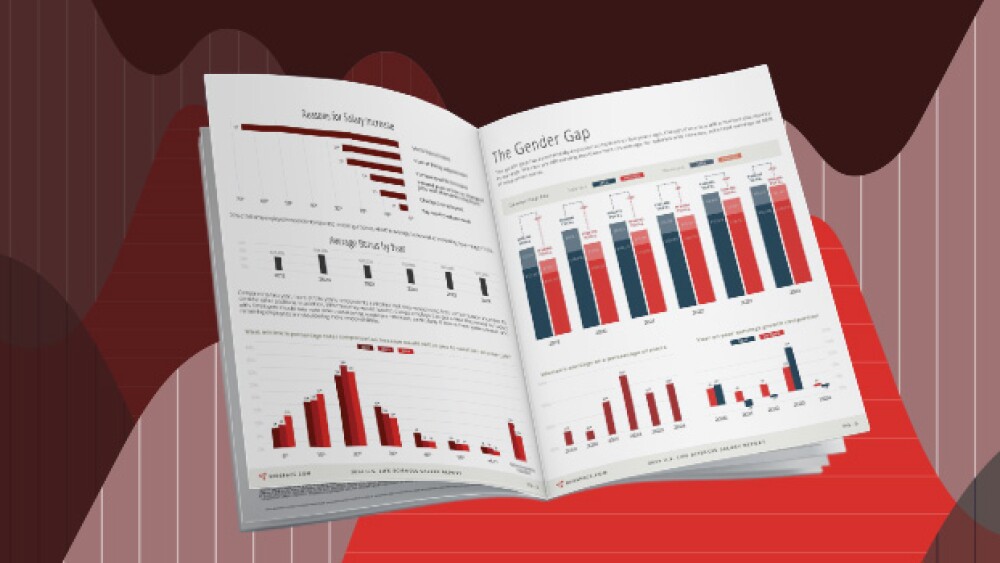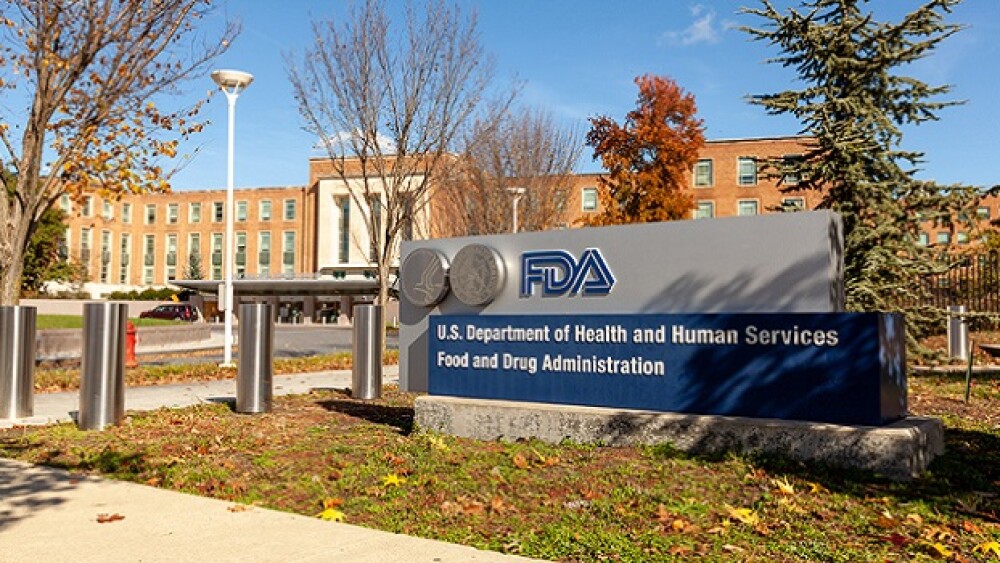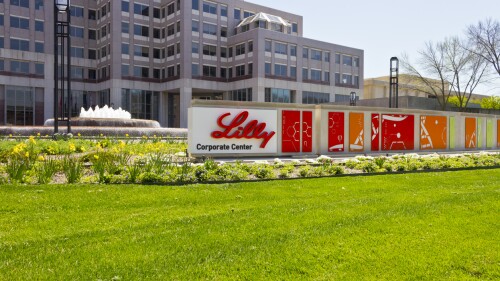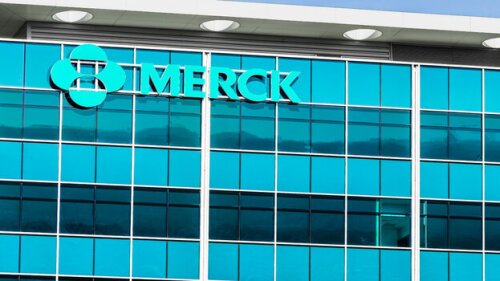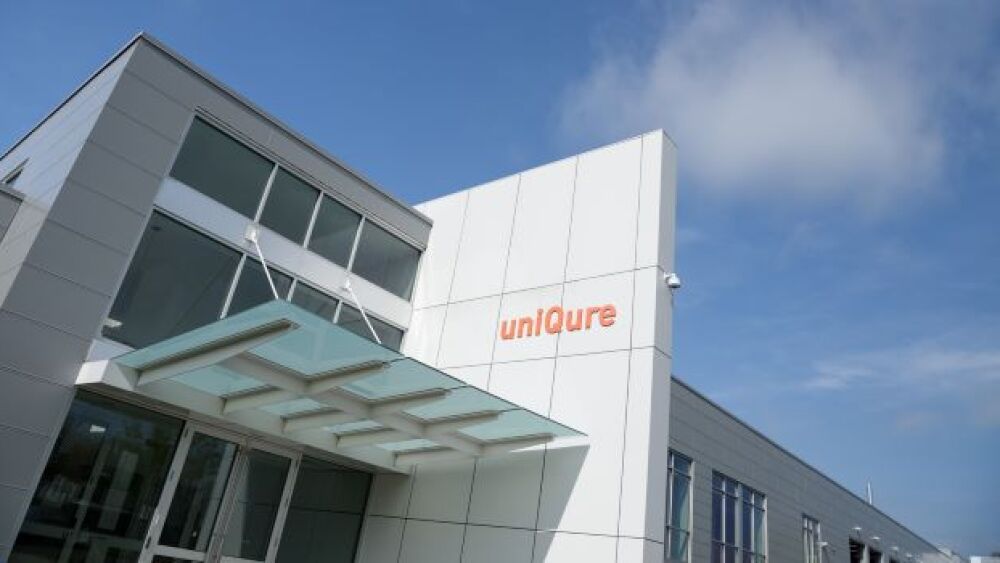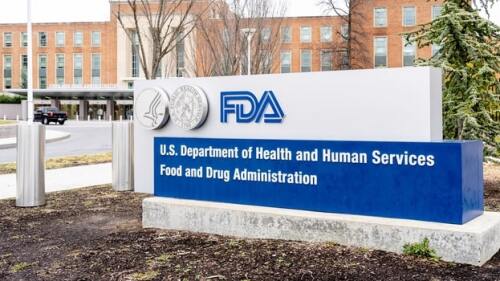Novo Nordisk, under new CEO Maziar Mike Doustdar, has a new attitude. It’s making Pfizer livid.
Skyrizi and Rinvoq made nearly $7 billion combined, almost half of the company’s income for the quarter alone.
Otsuka Pharmaceuticals could shell out over $400 million in total for the Asia-Pacific rights to 4D-150, which combines a VEGF-C inhibitory RNAi with Regeneron’s Eylea into a single ocular injection.
Before being discontinued, the P2X7 receptor blocker had cleared a master protocol study in chronic pain, though Eli Lilly said that results were not sufficient for advancement of the Asahi Kasei–partnered asset.
Gilead is actively looking for late-stage and de-risked assets for potential deals across various therapeutic spaces, including liver disease, cancer and immunology.
With the shutdown ongoing, Evommune plans to close its IPO on Nov. 5 via a Securities Act clause that allows registrations to come into effect after a certain window has passed.
FEATURED STORIES
While a new facility setup program aimed at encouraging onshoring received a positive reception at a recent meeting, industry representatives said the current rules on existing production plants are the main regulatory issues facing manufacturing teams.
To drive true innovation in drug development, executives must not let excitement about the latest shiny object obscure ultimate outcomes.
Heading into the final quarter of a year that has seen dramatic upheaval at the FDA—from the exodus of numerous senior leaders to unclear policy changes and a safety saga that engulfed the gene therapy space—drug approvals appear roughly on par with recent years.
Therapies from industry leaders BioMarin and Ascendis Pharma supply a key hormone that promotes bone growth. In order to move the field forward, challengers are looking to address the underlying cause of the rare, genetic disease.
New analysis from Jefferies shows that rare disease and cancer drugs granted the status are especially likely to be approved.
Takeda wanted to create something new in the cell therapy world by combining the technology with T cell engagers. A series of acquisitions in 2021 started the process.
LATEST PODCASTS
The FDA is hoping to repurpose GSK’s Wellcovorin for cerebral folate deficiency; Pfizer acquired fast-moving weight-loss startup Metsera for nearly $5 billion after suffering a hat trick of R&D failures; psychedelics are primed for M&A action and Eli Lilly may be next in line; RFK Jr.’s revamped CDC advisory committee met last week with confounding results; and Stealth secured its Barth approval.
In this episode of Denatured, BioSpace’s head of insights Lori Ellis and Colin Zick, partner at Foley Hoag LLP, spend time discussing some of the points brought up in the Bioprocessing Summit last month. They explore the connections between hammers, AI, The Planet of the Apes and monoliths.
The White House is clamping down on pharma’s ability to buy new molecules from Chinese biotechs; Sanofi, Merck and others abandon the U.K. after the introduction of a sizeable levy; Novo CEO Maziar Mike Doustdar lays off 9,000 while the company presents new data at EASD; Capsida loses a patient in a gene therapy trial; and CDER Director George Tidmarsh walks back comments on FDA adcomms.
Job Trends
Looking for a biopharma job in California? Check out the BioSpace list of 11 companies hiring life sciences professionals like you.
Subscribe to Genepool
Subscribe to BioSpace’s flagship publication including top headlines, special editions and life sciences’ most important breaking news
SPECIAL EDITIONS
Year-over-year BioSpace data shows there are fewer job postings live on the website and far more competition for them.
On election day, Tuesday, November 5, Americans will choose between former President Donald Trump and current Vice President Kamala Harris for their next president. The election will also see the rearrangement of Congress.
In the battle over drug prices, one sector of the healthcare industry has risen above all the players as the boogeyman: pharmacy benefit managers. In this special edition of BioPharm Executive, BioSpace takes a deep dive into the lens now focused on PBMs’ business practices.
DEALS
-
AviadoBio will have the option to exclusively license UGX-202, a vision-restoring gene therapy for the rare eye condition retinitis pigmentosa.
-
Novo will add Akero’s efruxifermin to its MASH portfolio, which includes Wegovy after the GLP-1 gained an FDA nod in the indication earlier this year.
-
The centerpiece of the deal is orelabrutinib, a BTK inhibitor in late-stage development for multiple sclerosis that Biogen once paid $125 million for but abandoned after less than two years of testing.
-
Regulatory documents show how 89bio’s board pushed Roche hard for a deal valued at $20 per share in upfront and milestone payments.
-
J&J still holds the top deal of the year by value with its $14.6 billion buy of Intra-Cellular in January, but the next four biggest acquisitions came in the past four months.
WEIGHT LOSS
-
The decision to stop the Phase IIb study was driven by “strategic business reasons,” according to a federal clinical trials database.
-
The FDA is hoping to repurpose GSK’s Wellcovorin for cerebral folate deficiency; Pfizer acquired fast-moving weight-loss startup Metsera for nearly $5 billion after suffering a hat trick of R&D failures; psychedelics are primed for M&A action and Eli Lilly may be next in line; RFK Jr.’s revamped CDC advisory committee met last week with confounding results; and Stealth secured its Barth approval.
-
Small and large drugmakers alike have made big, proactive moves to secure the production capacity that will be vital to serving the weight loss market.
-
The acquisition of breakout obesity star Metsera should pump new life into Pfizer’s portfolio, which over the last two years has suffered from three discontinued assets.
-
In this deep dive, BioSpace explores the next big thing in obesity.
POLICY
-
Reshoring generic pharmaceutical production is essential in today’s era of geopolitical instability and heightened awareness surrounding national health security. And it is possible—if done right.
-
In one of the first demonstrations of the impact of last year’s Loper Supreme Court decision on challenges to agency authority, a judge ruled that the FDA does not have authority to regulate tests developed by clinical laboratories.
-
Companies that have broken ground on or are actively constructing manufacturing facilities in the U.S. are exempted from the tariffs, according to President Donald Trump’s social media post on Thursday.
-
Though details remain scant, the pending order is expected to be the latest effort in President Donald Trump’s campaign to bring drug prices down to the same level as economically similar countries.
-
While last week’s recommended changes by CDC advisors to the MMRV vaccine schedule are unlikely to have a tangible effect on Merck’s business, the company said the removal of choice for healthcare providers is “concerning.”
Being laid off is bad enough. When companies mishandle the layoff process, it can make the situation even worse. Four biopharma professionals share how some employers are getting it wrong.
Job postings in California took a dip in December during the holiday period, but activity is expected to pick up in January.
As market values increase for computational biology and data science, biopharma companies are looking to hire R&D professionals in those areas. A biotech talent acquisition expert shares his insights on these in-demand roles.
Gratitude, a key part of stoicism, can benefit those working in—and being served by—the pharmaceutical industry.
Businessman and entrepreneur Mark Cuban recently discussed leadership with Leadership Lab columnist Michael Pietrack. The three lessons that came out of that conversation start with one word: caring.
When hiring job candidates to work on cell and gene therapies, companies look for more than just technical skills. Talent acquisition executives from Bristol Myers Squibb and Intellia Therapeutics offer an inside look at what they want in an employee.
HOTBEDS
REPORTS
For the second quarter of 2024, there were 25% fewer jobs posted live on BioSpace compared to the same quarter of 2023. The year-over-year job response rate rose from 14.6% to 15.3%.
The job response rate has risen year over year, according to BioSpace data, indicating competition for roles posted on our website has increased.
BioSpace’s 2024 Salary Report explores the average salaries and salary trends of life sciences professionals.
CANCER
-
From more than 30 target action dates in the last three months of the year, BioSpace has narrowed the list to six regulatory decisions that could have far-reaching implications for biopharma and patients.
-
The company was awaiting $70 million from HealthCare Royalty but missed an agreed-upon payment condition.
-
Phase III data showed that Inluriyo improves progression-free survival versus standard endocrine therapy.
-
Truist analysts called the results “encouraging” while pointing out certain unknowns in the data. Immuneering plans to kick off a registrational trial for atebimetinib later this year.
-
For the last two years, Keytruda has reigned as the world’s top-selling drug—a distinction under threat with key patent protections expiring in 2028.
NEUROSCIENCE
-
If approved, uniQure’s gene therapy AMT-130—which slowed disease progression by 75%—would be the first genetic treatment for Huntington’s disease. A BLA submission is planned for the first quarter of 2026.
-
The agency also pointed to the use of Tylenol and other acetaminophen products during pregnancy as being potentially linked to neurological and developmental defects in children, following a press conference Monday in which President Donald Trump did the same.
-
By improving gait stability, Ionis’ zilganersen could be “potentially disease modifying,” according to analysts at William Blair.
-
The company was expecting a decision from the FDA by Sept. 28 for its oral drug tolebrutinib, but an update to the drug’s application package convinced the agency to take more time to review.
-
With AbbVie’s $1.2 billion acquisition of Gilgamesh Pharmaceuticals’ lead depression drug, the psychedelic therapeutics space has soundly rebounded from Lykos’ rejection last year. There are now seven programs in Phase III trials across the sector, with multiple companies vying for that first approval.
CELL AND GENE THERAPY
-
Rocket Pharmaceuticals’ strategic realignment initiative in July pulled funding from fanca-cel, which the biotech was developing for Fanconi anemia.
-
The centerpiece of the collaboration is the gene editor ABO-101, being developed for primary hyperoxaluria type 1, a rare disease that leads to severe kidney stones.
-
As industry leaders gather at the annual event in Phoenix, the cell and gene therapy space remains in a state of flux, with M&A activity and regulatory support signaling momentum while commercialization challenges continue to hinder broader investor interest.
-
Smarter design through targeted delivery and human-relevant testing can save the industry from costly safety failures.
-
Following up on previous, dimly received issuances, a new set of ideas published by the FDA to streamline regulatory pathways for cell and gene therapies ‘for small populations’ is receiving a warmer welcome—but experts warn it will take more to turn the tide for the fraught therapeutic space.










